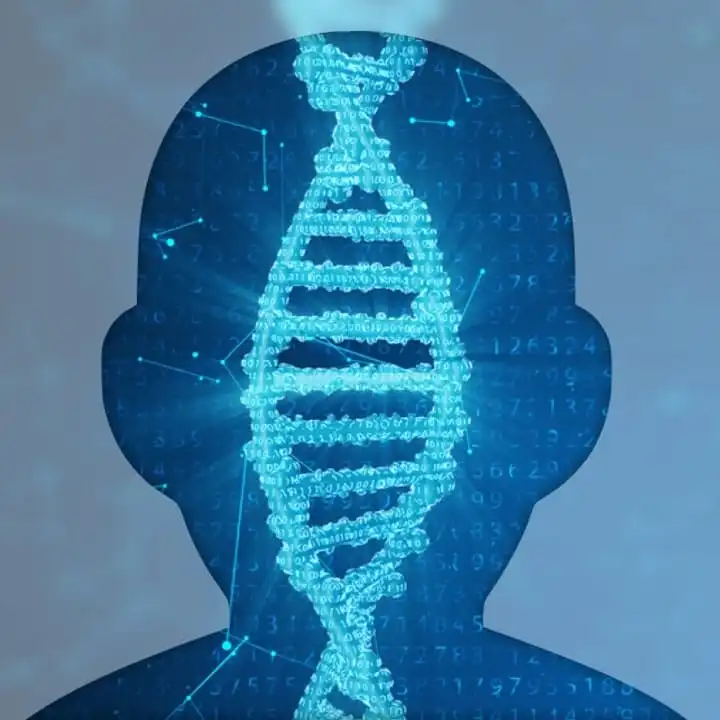What is Hao-Fountain syndrome?
Also known as USP7-Related Disorder, this gene mutation disorder is a neurodevelopmental condition. Symptoms can vary according to the individual affected, not all symptoms are present in all individuals, and symptoms may vary according to their severity. The Hao-Fountain syndrome presents with both physical and behavioral features.
This syndrome is also known as:
Intellectual Developmental Disorder with Impaired Speech, Behavioral Abnormalities, and Dysmorphic Facies
What gene changes cause Hao-Fountain syndrome?
Changes in the USP7 gene are responsible for the syndrome. This gene is a protein-coding gene that is responsible for tumor suppression, and the body’s immune response amongst other roles. The changes to the gene are usually point mutations or gene deletions.
The syndrome is inherited in an autosomal dominant pattern. However, most cases recorded so far have been the result of de novo or new mutations in the gene, and the first case in a family.
What are the main symptoms of Hao-Fountain syndrome?
- Hao-Fountain syndrome presents with a wide range of symptoms, not all of which affect all individuals.
- Developmental delay is common, particularly speech delay. Some individuals affected by the syndrome never learn to speak. Intellectual disability and developmental delay are also the main symptoms. Many individuals also have behavioral issues, ranging from aggressive behavior to impulsivity and compulsivity). Others are also found to be on the autism spectrum and to have ADHD.
- Unique physical features of the syndrome include dysmorphic facial features, a short stature, and issues with the eyes (esotropia, myopia, strabismus, nystagmus). Small hands and feet are also characteristic of the syndrome.
- Other symptoms may include seizures, low muscle tone both in infancy and into adulthood, sleep apnea and troubles sleeping, scoliosis, and contractures (bent joints).
How is it diagnosed?
To find out if someone has a diagnosis of Hao-Fountain syndrome, it is important to have a consultation and evaluation with a clinical genetic specialist. Specialists may also suggest specific genetic testing or other types of tests to help reach a diagnosis. FDNA’s AI technology can help speed up the diagnostic process by analyzing facial features and other health information.
